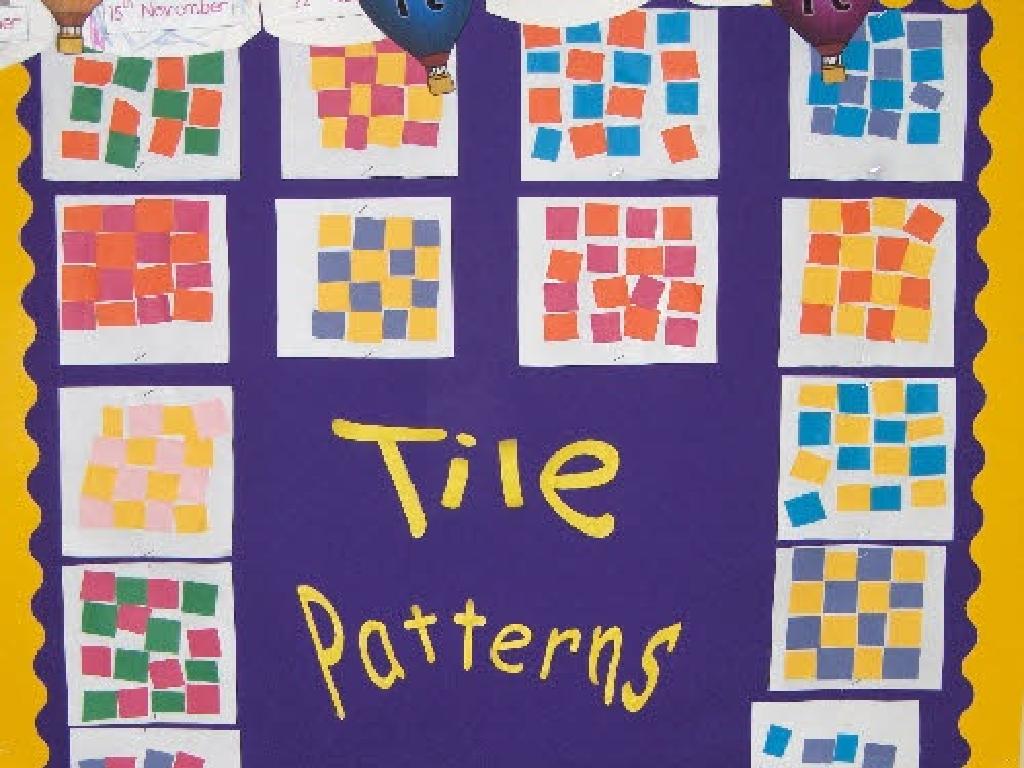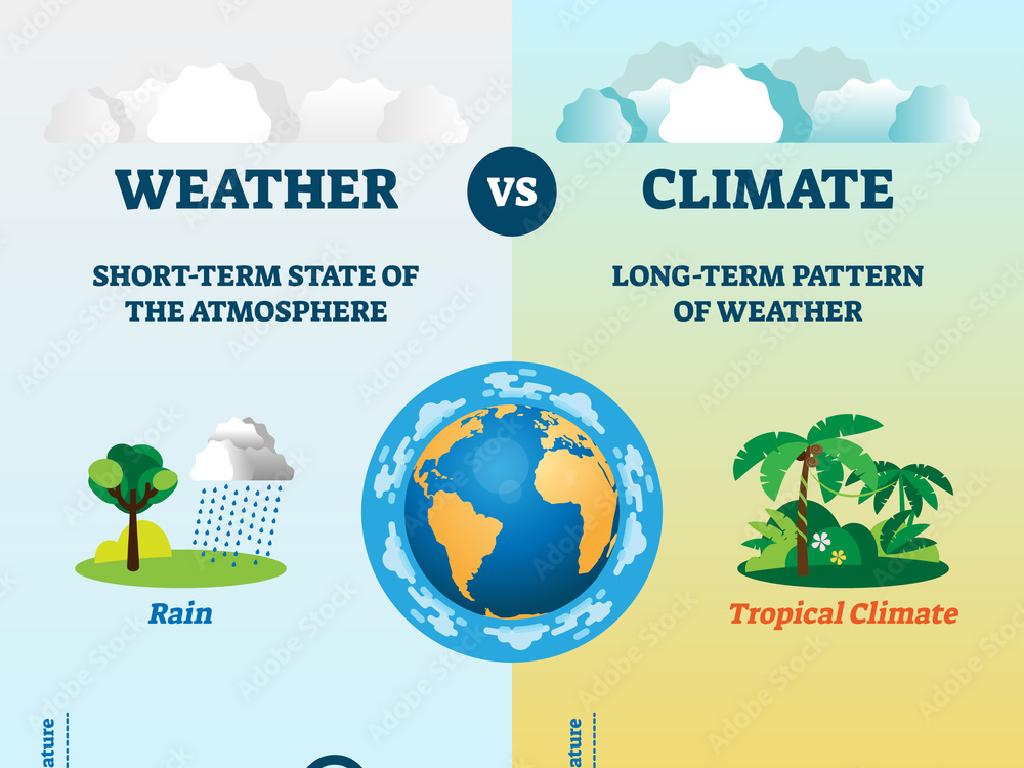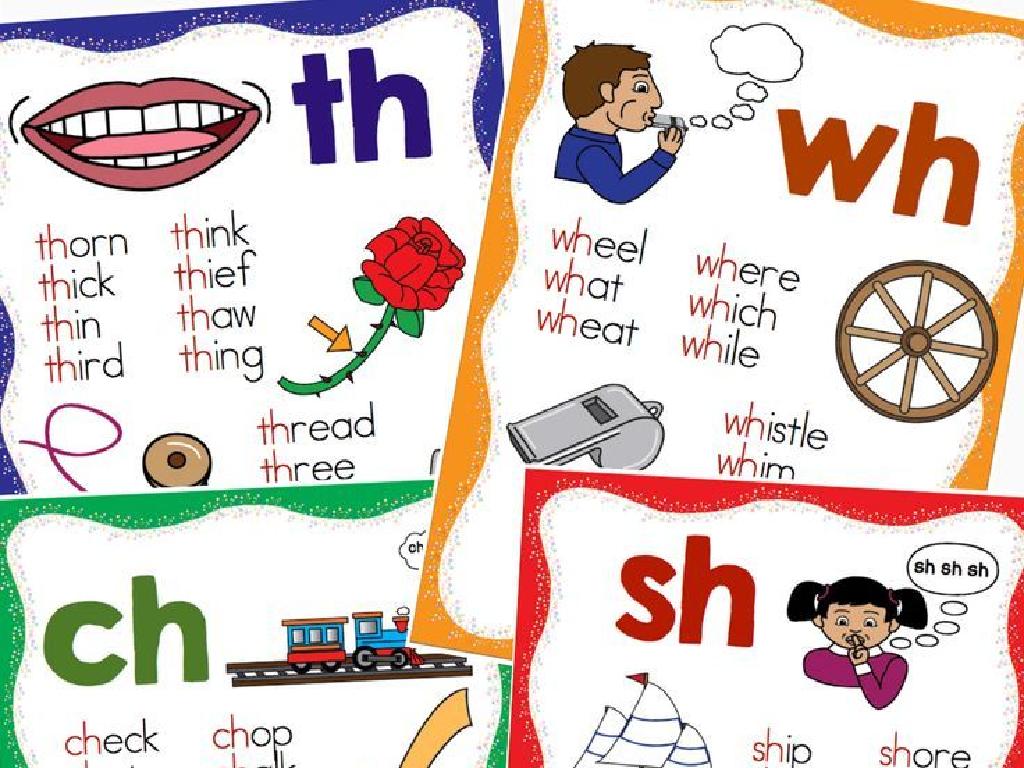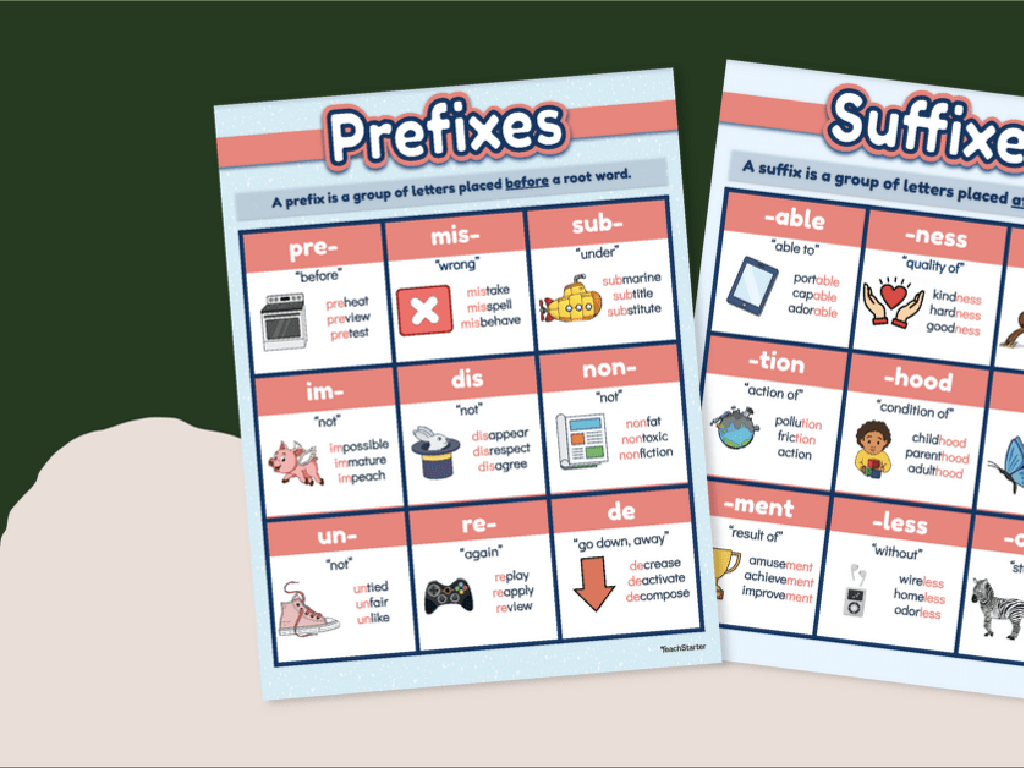Abbreviate State Names
Subject: Language arts
Grade: Third grade
Topic: Abbreviations
Please LOG IN to download the presentation. Access is available to registered users only.
View More Content
Abbreviating State Names
– What are abbreviations?
– Shortened forms of words or phrases.
– Why use abbreviations?
– To save space and time in writing.
– Today’s focus: State Names
– Learn to write shorter forms of each state.
– Practice with examples
– CA for California, TX for Texas
|
Begin the lesson by explaining that abbreviations are shorter versions of words or phrases, which make writing and reading quicker and easier. Discuss why abbreviations are useful, particularly in situations where space is limited, such as on envelopes or in lists. Introduce the concept of state name abbreviations, emphasizing that each state has a unique two-letter abbreviation. Provide examples and encourage students to think of abbreviations as a secret code they can learn to use. Plan an activity where students match state names with their abbreviations or find the abbreviations on a map. This will help them memorize the abbreviations through practical application.
Fun with Abbreviations: State Names
– What are abbreviations?
– Abbreviations are short forms of words or phrases.
– Everyday abbreviation examples
– Like Dr. for Doctor, Jan. for January.
– Abbreviations you might know
– Maybe LOL for laugh out loud?
– Practice with state names
– We’ll learn to shorten state names like CA for California!
|
This slide introduces the concept of abbreviations to third-grade students, emphasizing their use in everyday language. Start by explaining that abbreviations help us write things more quickly and are often used for long words or phrases. Provide examples that children encounter regularly, such as abbreviations for titles or months. Engage the class by asking them to share any abbreviations they already know, which could include text message shorthand they may have seen. Finally, transition to the specific topic of state name abbreviations, which will be the focus of the lesson. Encourage students to think of any state abbreviations they may have seen on car license plates or in addresses.
Why Abbreviate State Names?
– Abbreviations save time
– They make reading/writing faster
– Used in addresses & documents
– Like on envelopes or forms where space is limited
– Helps in learning state locations
– Memorizing abbreviations can also help you quickly recognize states on a map
|
This slide explains the practical reasons for abbreviating state names, which is a common practice in writing, especially for addresses and official documents. Abbreviations help to save time and space, making both reading and writing more efficient. It’s important for students to understand that abbreviations are not just shortcuts, but they are also widely accepted in formal contexts. Additionally, knowing state abbreviations can be a helpful tool in geography, aiding in the quick identification of states on a map. Encourage students to practice by writing their own address using the state abbreviation and to memorize the abbreviations as part of their geography skills.
State Names and Their Abbreviations
– Every state has a short form
– CA means California
– It’s like a quick nickname for a state
– NY stands for New York
– Another example: TX for Texas
– Let’s learn more abbreviations!
|
This slide introduces students to the concept of state abbreviations, which are like shorter ‘nicknames’ for each state. Start by explaining that every state has its own unique two-letter abbreviation that makes it easier to write and recognize. Provide examples such as CA for California and NY for New York, and then TX for Texas as an additional example in the sub_content. Encourage the students to think of these abbreviations as quick ways to identify states, similar to how they might use nicknames for their friends. In the next class, we can have a fun activity where students match state names to their abbreviations or vice versa. This will help them memorize the abbreviations through repetition and association.
Practice Time: State Abbreviations
– Match states with abbreviations
– Use a map for help
– Find the state on the map, then write its abbreviation
– Share answers with classmates
– Discuss the abbreviations you learned
– Learn US geography and abbreviations
– This activity combines learning abbreviations with US geography
|
This slide is for a class activity where students will engage in a matching exercise to connect each state name with its correct abbreviation. Provide students with a map of the United States as a visual aid to assist them in finding the answers. Encourage them to work independently or in small groups to foster collaboration. After completing the activity, students should be prepared to share their answers with the class, which will help reinforce their learning and build public speaking skills. As a teacher, be ready to offer guidance and correct any misconceptions. Possible activities include matching games, flashcards, or interactive quizzes. This exercise not only teaches abbreviations but also helps students become more familiar with US geography.
Creating Our Own Abbreviations
– Think of any word to abbreviate
– Create your own abbreviation
– Explain why you chose it
– Did you use the first letters? Something else?
– Share with the class
|
This slide introduces a class activity focused on understanding abbreviations by creating their own. Students are encouraged to think creatively and come up with an abbreviation for any word they choose. They should consider why they chose that particular abbreviation, possibly reflecting on the use of initial letters or other abbreviation strategies. The activity will culminate in a presentation where each student will share their abbreviation and reasoning with the class. This exercise will help students understand the concept of abbreviations and how they are formed. For the teacher: Prepare to facilitate the activity by helping students think of words, guiding them on how to create abbreviations, and encouraging them to explain their thought process. Have a list of examples ready in case students need inspiration, and ensure that each student has a chance to present.
Class Activity: Abbreviation Scavenger Hunt
– Search for abbreviated items
– Record each full name & abbreviation
– Example: ‘USA’ for ‘United States of America’
– Share findings with the class
– Understand abbreviations better
– Helps recognize & learn state abbreviations
|
This activity is designed to help students learn about abbreviations through an interactive scavenger hunt. Students will search for items around the classroom that have abbreviated names, write down both the full name and the abbreviation, and then share their findings with the class. This will not only make them more aware of the abbreviations they see in everyday life but also help them understand the concept of abbreviating state names and other common terms. Possible items for the scavenger hunt could include a map with state abbreviations, a calendar with abbreviated months, or a list of abbreviated titles like ‘Dr.’ for ‘Doctor’. Encourage students to think about why we use abbreviations and how they can be helpful.
State Abbreviations: Homework
– Congratulations on learning state abbreviations!
– Homework: Write all 50 state abbreviations
– Use the list we studied to help you remember
– Bring questions to the next class
– Practice makes perfect!
– The more you practice, the easier it will be to remember
|
This slide wraps up the lesson on state abbreviations and transitions students to their homework assignment. The homework is designed to reinforce their learning by having them write down all 50 state abbreviations, which will help commit them to memory. Remind students to refer to the list provided during the lesson and to use any mnemonic devices or songs we learned to help them. Encourage them to bring up any questions or difficulties they encounter so that these can be addressed in the next class. This practice will not only help them remember the abbreviations but also understand the importance of abbreviations in communication.






